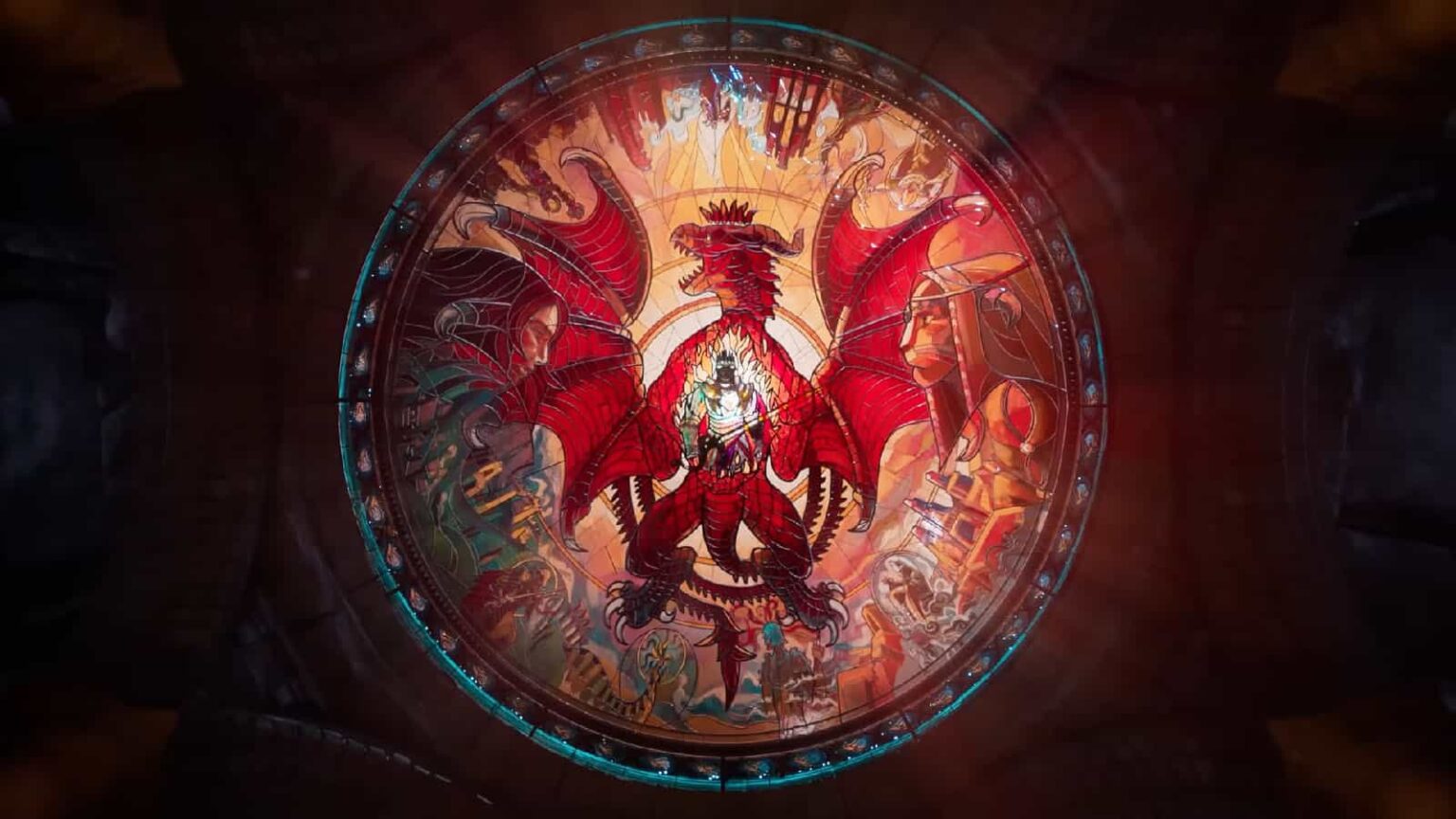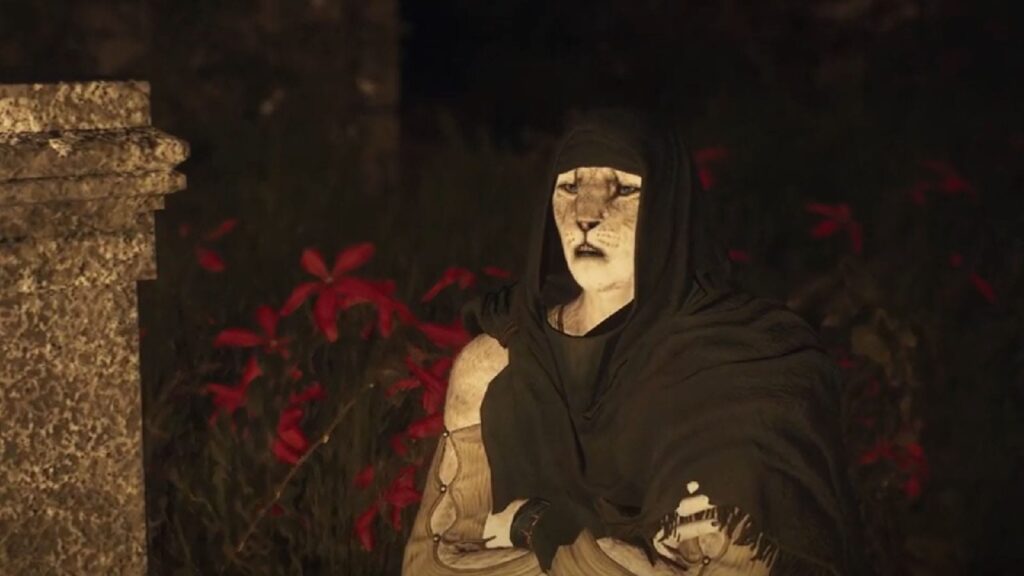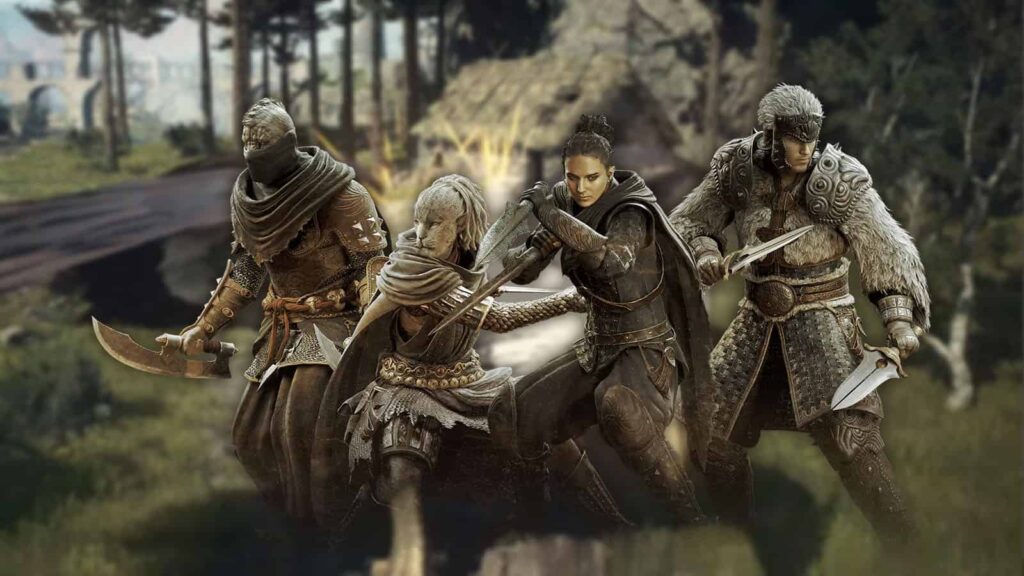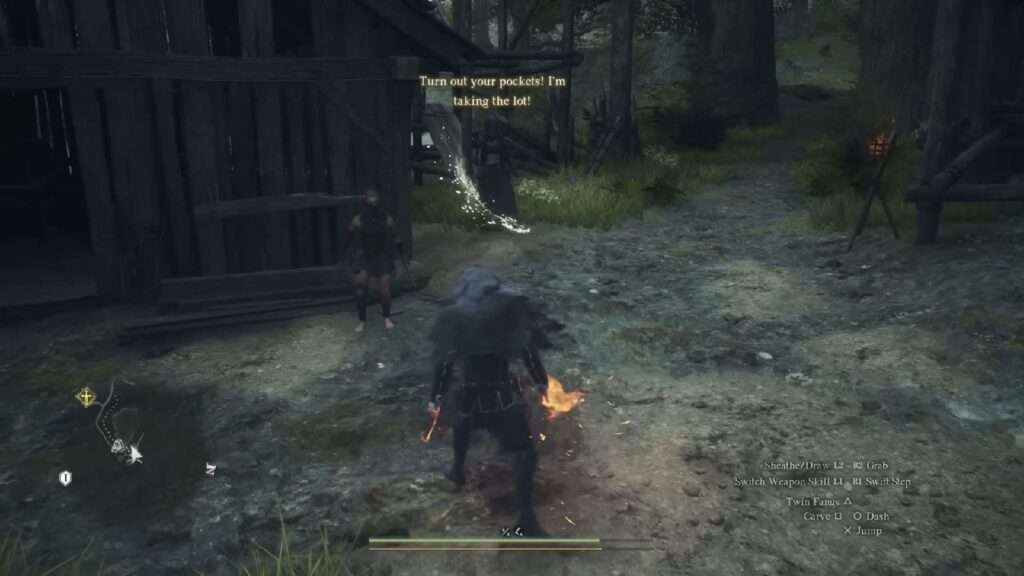Dragon’s Dogma 2 has several different endings which all depend on whether the Arisen abandons their duty, faces their destiny, or breaks the cycle. Read ahead as we go through the steps on how to experience all of the possible endings in Dragon’s Dogma 2.
Here’s how to get the three different endings in Dragon’s Dogma 2:
These endings will depend on the choices made during the Legacy quest where the Arisen is faced against the Dragon. Any other choices made during early parts of the gameplay such as the Arisen’s chosen Beloved, the level of affinity reached with the Main Pawn, or who were saved during the Unmoored World catastrophe will only affect the cutscenes in certain parts of these endings.
Abandon Your Beloved / Become the new Sovran – Bad Ending
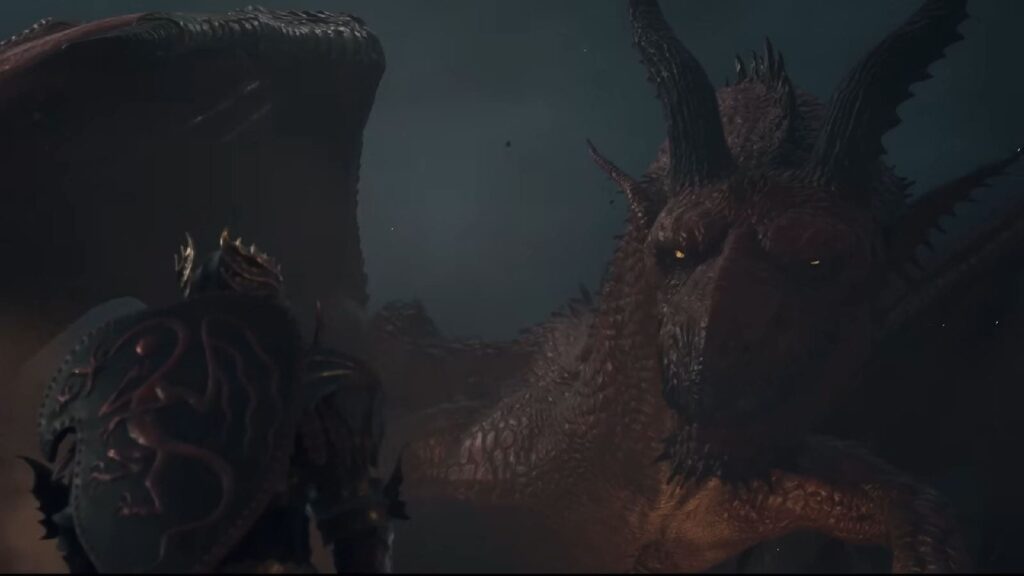
During the Legacy quest, once the Dragon has descended, it will show up with the Arisen’s Beloved clutched in its claws. The Dragon will then give the Arisen a choice: either let him take the Beloved’s life and it will let the Arisen get the throne as the new Sovran, leading the lands at peace, or the Arisen fights the Dragon as part of the Arisen’s sworn duty to perpetuate the cycle.
To get the bad ending, you can choose to turn around, abandon your Beloved and leave the area. The Dragon will ask you if you are sure with your decision, to which you can say Yes.
The scene will then cut to the Arisen’s coronation as the new Sovran of the land, but now as an Arisen with no Beloved and one that has not fulfilled their duty. The scene ends showing the Arisen, seated on the throne, but with a somber note.
Slay the Dragon – Good Ending
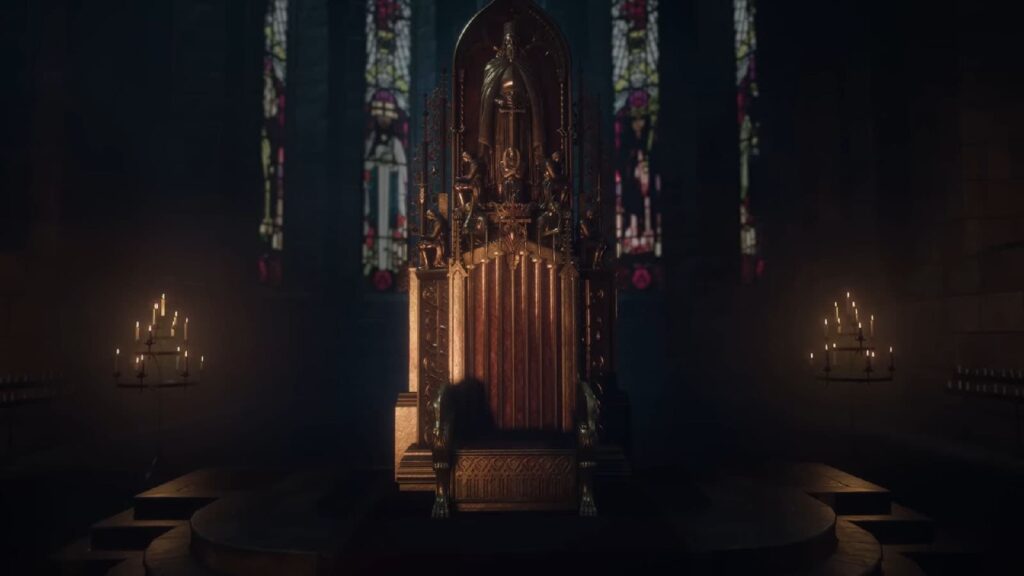
During the same encounter with the Dragon, in order to take the dragon’s invitation to fight it and go for the good ending, attack the dragon. You will then be invited by the dragon to ride on its back as it takes you to the true battlefield. Take the ride all the way while you listen to the Dragon’s lines.
At the battlefield, the Arisen and their pawns will then have to fight the Dragon to the death. After the Dragon has been slain, it will then tell the Arisen that they may have a strong enough will to break the cycle before it disintegrates into dust.
Afterwards, the credits will roll and the scene shifts to the Arisen’s return to Vernworth where the people welcome them back as the hero. You will then be able to control your character for a bit as you make your way down the aisle to the throne. You can then sit out the rest of the credits, then you will be given the Peace Achievement.
Break the Cycle – True Ending
To reach the true ending, you must take the Dragon’s invitation for the fight, then while flying towards the battlefield, get closer to the Dragon’s heart and wait for your chest to glow. Once it is glowing, go to your inventory, select the Empowered Godsbane Blade, and use it on yourself.
In case you have taken on the good ending first, during your walk to the throne, you can approach the Pathfinder who is seated by the throne. The Pathfinder will then take you back to the moment where you are riding the Dragon to the battlefield.
Using the blade on yourself will trigger a cutscene where the Arisen and the Dragon both fall into the brine-infested water. This event will then lead to the Unmoored World where chaos has befallen onto the lands as it is slowly getting consumed by oblivion.
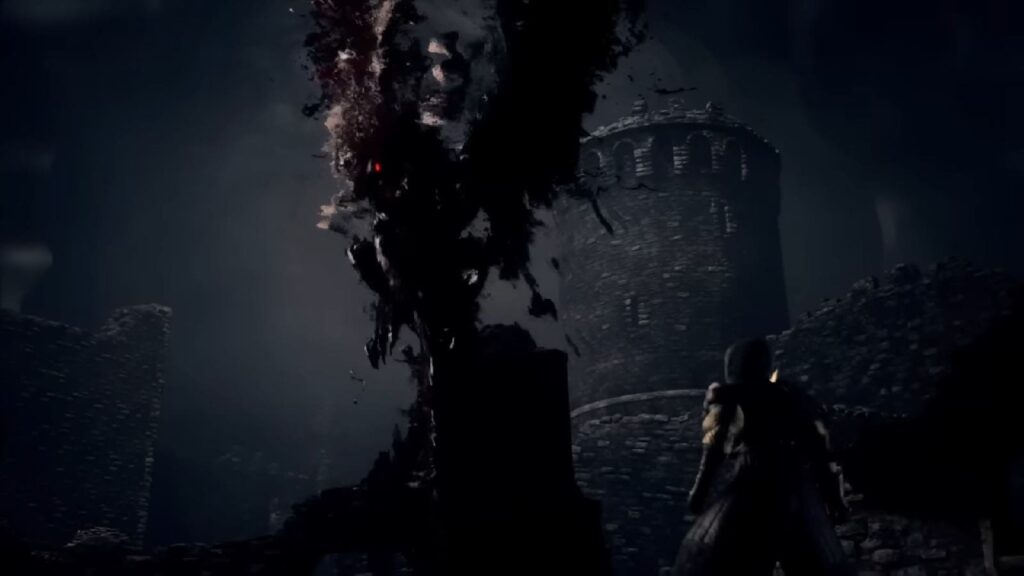
In the Unmoored World, the Arisen’s objective is to save the land from the dragons that are out to destroy everything. They must then complete trials while evacuating everyone to safety. After passing all the trials, the Pathfinder, in its dragon form, will descend from the skies in order to stop the Arisen. This will go into a semi-interactive cutscene where the Main Pawn transforms using the power of the Dragonsplague and takes the Arisen to the skies.
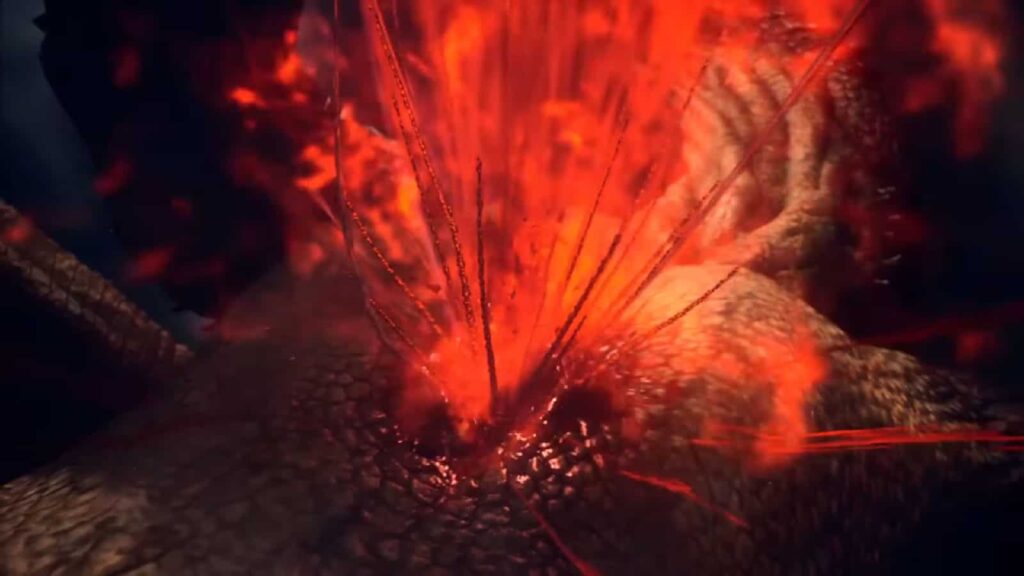
After getting on top of the Dragon and making it all the way to its neck, the Main Pawn will cause the Dragon to stagger and fall. During this time, the Arisen and the Main Pawn will aim towards the Dragon’s open chest; your Pawn may or may not change back to their non-dragon form depending on your affinity with them. The Arisen then plunges the Godsbane Blade on to the Dragon’s heart, killing both of them at the same time.
The credits then play, showing all of the survivors of Vermund and Battahl rebuilding their houses in a world that has returned back to normal.
Dragon’s Dogma 2 Endings Explained
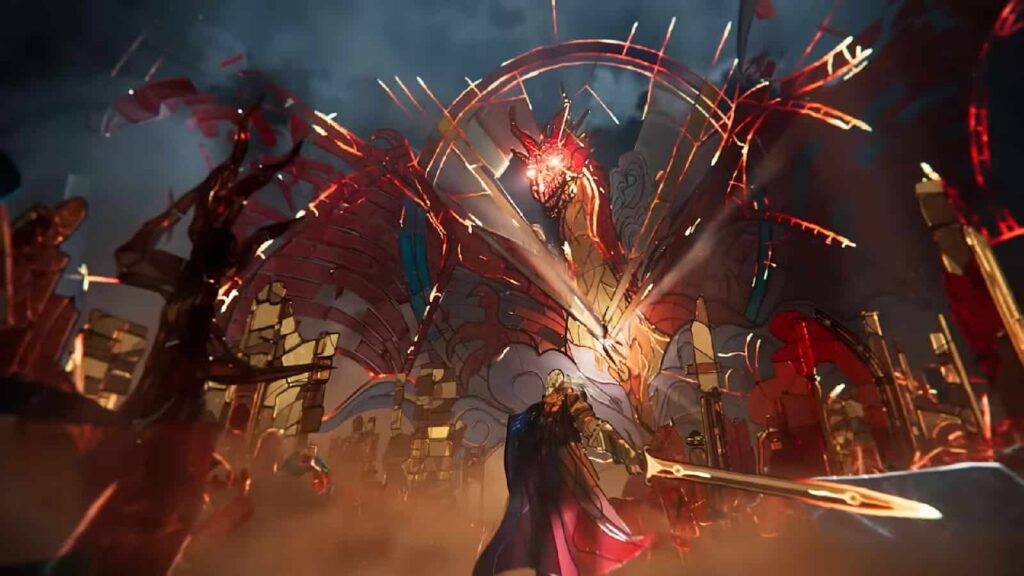
To better explain the endings of Dragon’s Dogma 2, it helps to look at the story progression of the previous game. In Dragon’s Dogma, the prophecy and cycle between the Arisen and the Dragon has long been ongoing. The Dragon chooses an Arisen who is fated to slay it, and the Arisen will have to summon a new Dragon before they pass away in order to look for another Arisen. Dragon’s Dogma 2’s story is simply just one of the cycle’s iterations centuries down the line.
Players who have chosen to just go with the standard good ending have pretty much just played another cycle or iteration of the first game. This is why the title screen for Dragon’s Dogma 2 omits the 2, and we only get the full title drop just as we enter the Unmoored World, or the true ending.
The true ending of the game is even hinted at during the very beginning of the game where the Arisen sits upon their throne during the coronation, but a voice calls out to them, presumably the Dragon itself, and urges the Arisen to break away from the cycle.
It can be assumed that, throughout all of the iterations of the cycle, even the Dragon itself has gained a will of its own that is strong enough to be aware about their cyclical nature and conceive about the possibility of breaking out of the cycle.
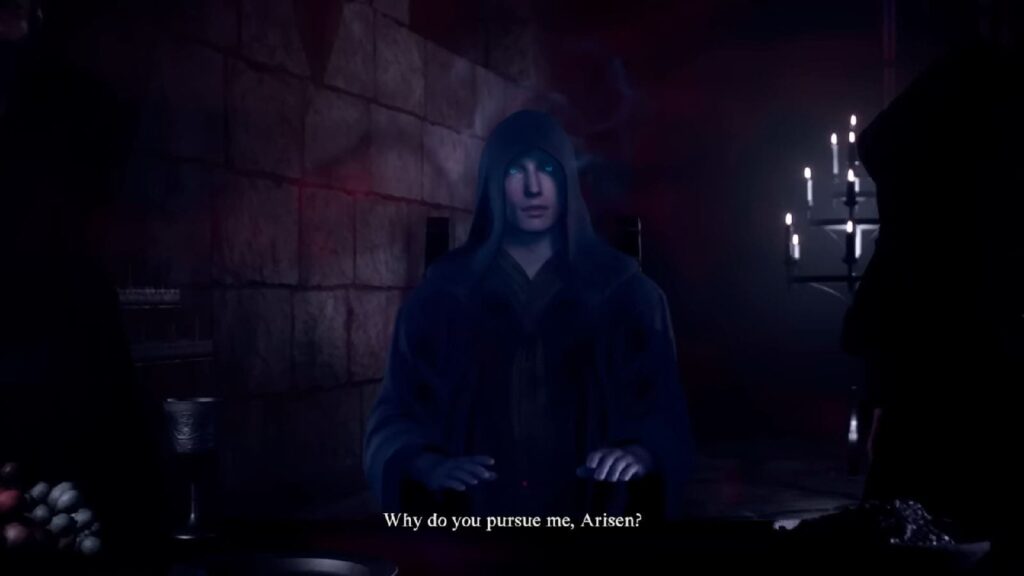
On the other hand, the Pathfinder is opposed to this and wants to keep the cycle intact, which is why they urge the Arisen to keep their duty of slaying the Dragon. Presumably, the Pathfinder is an extension of the oblivion who seeks to maintain the status quo. The existence of the parallel worlds is also known to this world and to the Pathfinder, which is why the Rift exists, and which is also why the Pathfinder doesn’t hesitate to simply eradicate this world that has already unmoored or unattached itself from their purpose.
Breaking free from the cycle, the world and its inhabitants will no longer be stuck in a continuous loop between the Arisen and the Dragon, and they are also free from the influence of oblivion, as shown through the safer waters in the post-credit scene.



